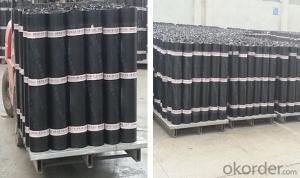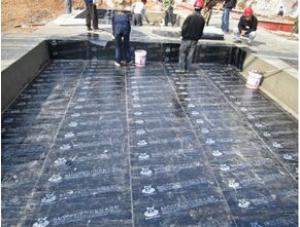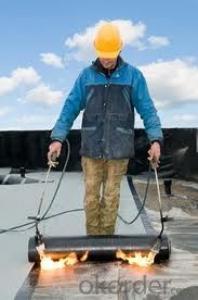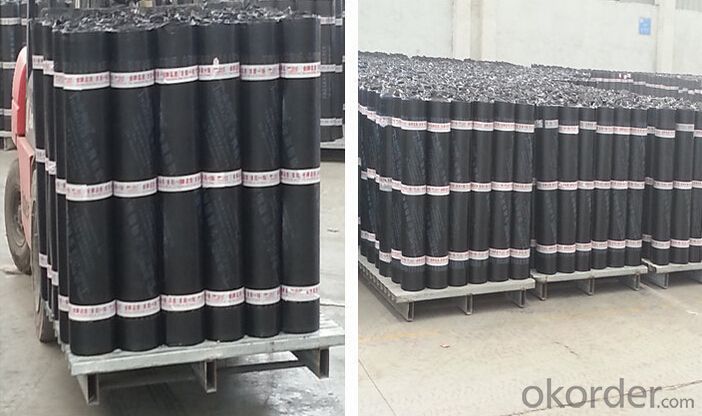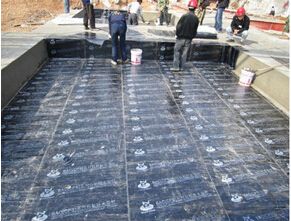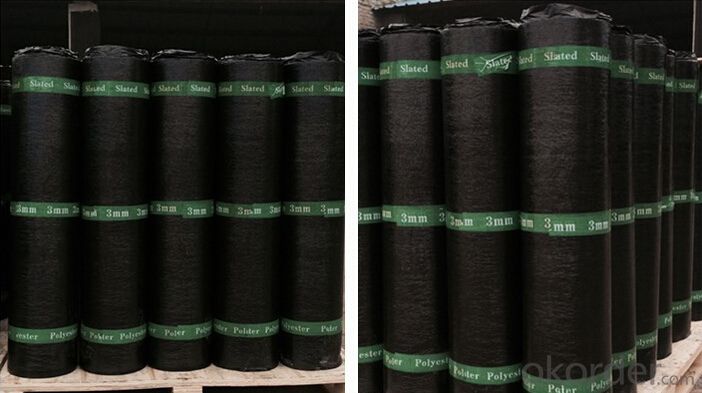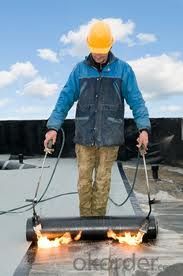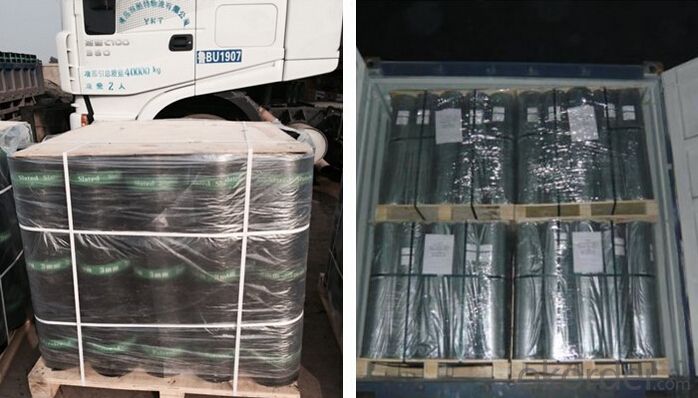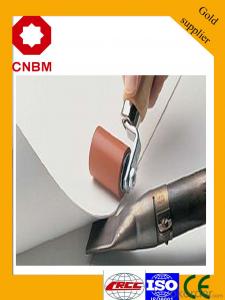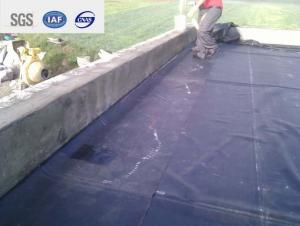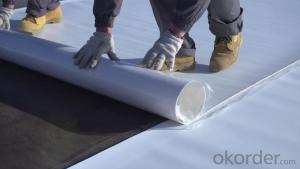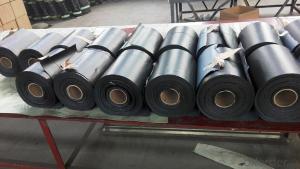Sbs Elastomeric Bitumen Membrane Waterproof Membrane For Bathroom Floors For Bathroom Floors
- Loading Port:
- Shanghai
- Payment Terms:
- TT OR LC
- Min Order Qty:
- 1000 m²
- Supply Capability:
- 200000 m²/month
OKorder Service Pledge
OKorder Financial Service
You Might Also Like
product description:
sbs waterproof membrane take the “Skin” type waterproof thought, according to the features of construction site, on the basis of width elastomeric modified bitumen waterproofing membrane, combining with features of wet-application self-adhesive membrane, use advanced equipment to produce 2 meters width that WP-SBS wet-application width elastomeric modified bitumen waterproofing membrane (Hereinafter referred to: WP-SBS membrane).WP-SBS is made of bitumen modified with Styrene-Butadiene- Styrene (SBS)as dipping and painting. Its upper surface covers PE membrane and color sand or schist, and lower surface is made of isolation material. Products correspond to the national standards GB18242-2008(elastomeric modified bitumen waterproofing membrane), paste by cement or cement mortar, and construct on the wet base, achieving tight and full adhesion with substrates, eliminating fluid-channeling layer, all above contribute to making a reliable “Skin” type waterproof system, which is a breakthrough innovation in ordinary modified bitumen membrane.
Characteristic
1.Good impermeability
2.Possess good tensile strength, elongation and size stability which could be well suited the substrate distortion and crack.
3.Good performance in anti-strength, anti-resistance , anti-erosion, anti-mildew, anti-weathering
4.SBS modified bitumen membrane is specially being applied in the cold area with low temperature, while APP modified bitumen membrane is applied in the area with high temperature.
5.Convenient installation
Applicable scope:
It is widely used for civil building roofing, underground, bridge, parking, pool, tunnel in the line of waterproofing and dampproofing, especially for the building under high temperature.
Application
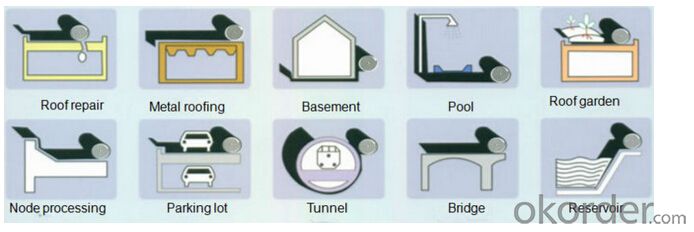
Our Services
1.If you need some advises for the waterproof construction, we have the best engineer to serve you.
2.We send the free samples to you by freight collect.
3.We will guarantee the quality and the competitive price.
4.We will give you the best packaging and safe shipping.
5.If any problem, we will always be right here waiting for you.
Packaging & Shipping
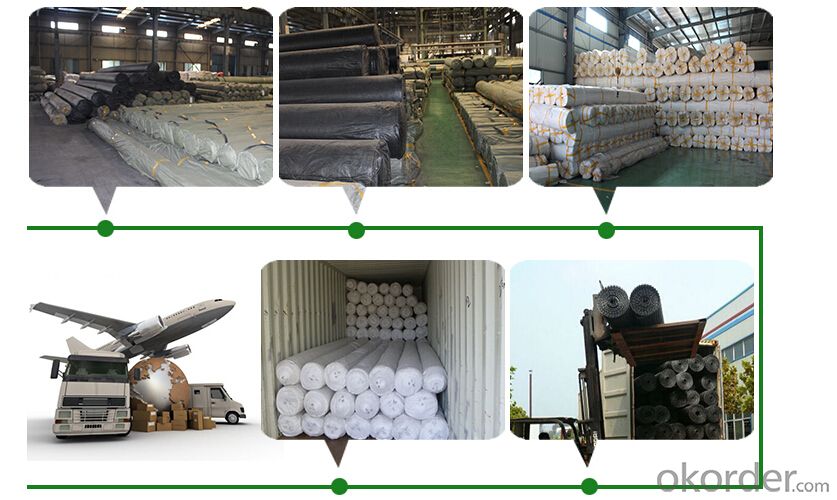
| Packing | Woven bag/PE bag packing or as customer request |
| Shipping | FOB Changsha,customized shipping terms and oppointed port accepted |
Technical parameter
| Item | Specifications | ||||||||
| Geotextile Unit Weight (g/m²) | 300 | 500 | 600 | 700 | 800 | 900 | 1000 | 1100 | |
| Geomembrane Thickness (mm) | 0.25-0.35 | 0.30-0.50 | |||||||
| Nominal Fracture Strength (KN/m) | 2.50 | 7.50 | 10 | 12 | 14 | 16 | 18 | 20 | |
| Breaking Strength (KN/m,≥,LD/TD) | 2.50 | 7.50 | 10 | 12 | 14 | 16 | 18 | 20 | |
| Standard Intensity Corresponding Elongation Rate (%) | 30~100 | ||||||||
| CBR Burst Strength (KN,≥) | 0.70 | 1.50 | 1.90 | 2.20 | 2.50 | 2.80 | 3.00 | 3.20 | |
| Longitudinal Tear Strength (KN,≥) | 0.05 | 0.25 | 0.32 | 0.40 | 0.48 | 0.56 | 0.62 | 0.70 | |
| Hydrostatic Pressve (Mpa) | See List Below | ||||||||
| Peel Strength (N/cm,≥) | 6 | ||||||||
| Vertical Permeability Coefficient (cm/s) | According to design or contract mentioned. | ||||||||
| Width Variation (%) | -1.00 | ||||||||
| Item | Geomembrane Thickness (mm) | ||||||||
| 0.20 | 0.30 | 0.40 | 0.50 | 0.60 | 0.70 | 0.80 | 1.00 | ||
| Hydrostatic Pressve (Mpa) | One geotextiles with one geomembrane | 0.40 | 0.50 | 0.60 | 0.80 | 1.00 | 1.20 | 1.40 | 1.60 |
| Two geotextiles with one geomembrane | 0.50 | 0.60 | 0.80 | 1.00 | 1.20 | 1.40 | 1.60 | 1.80 | |
Professional test machines ensure the products qualified roduct certifications
roduct certifications

Inquiry Note
How to send an effective inquiry for saving your time?
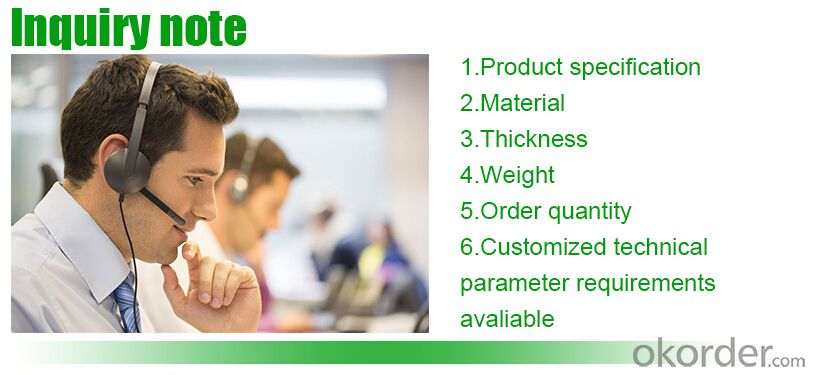
product show
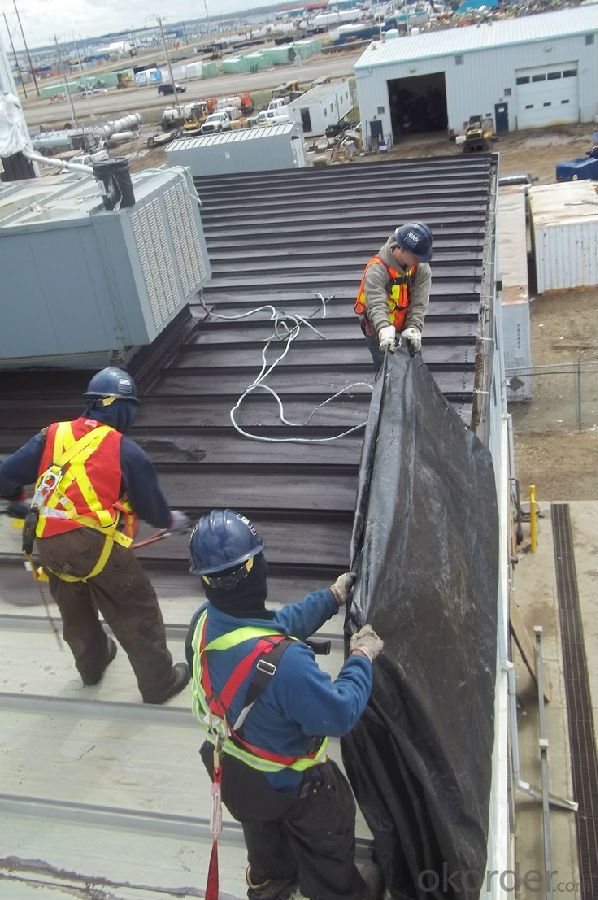
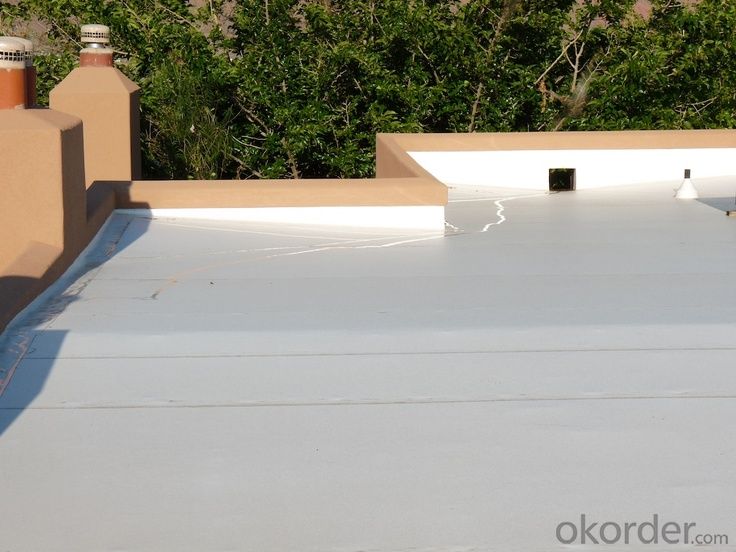
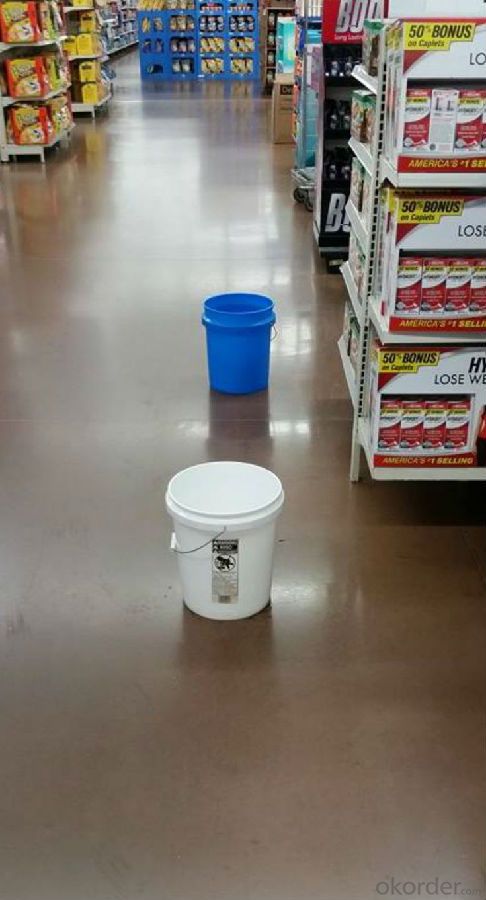
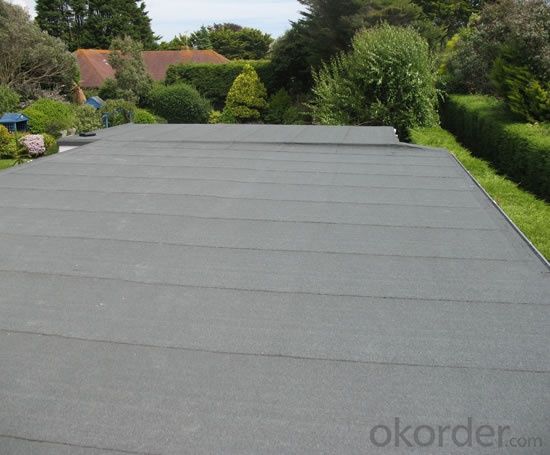
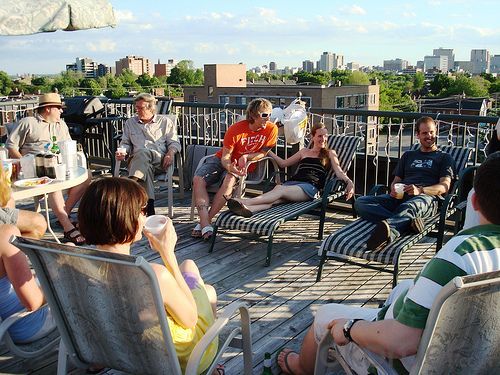
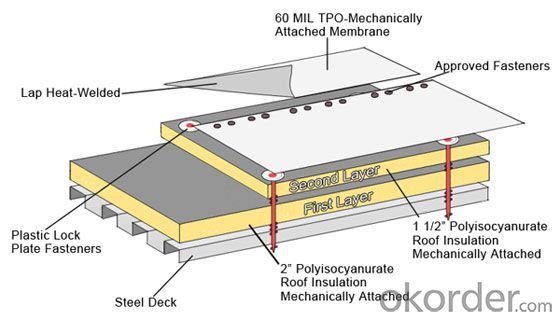
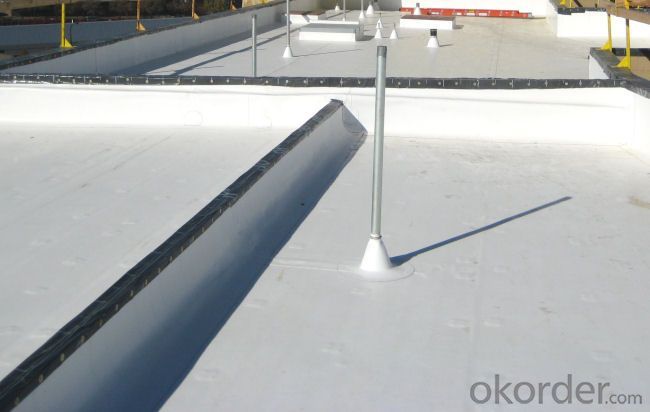
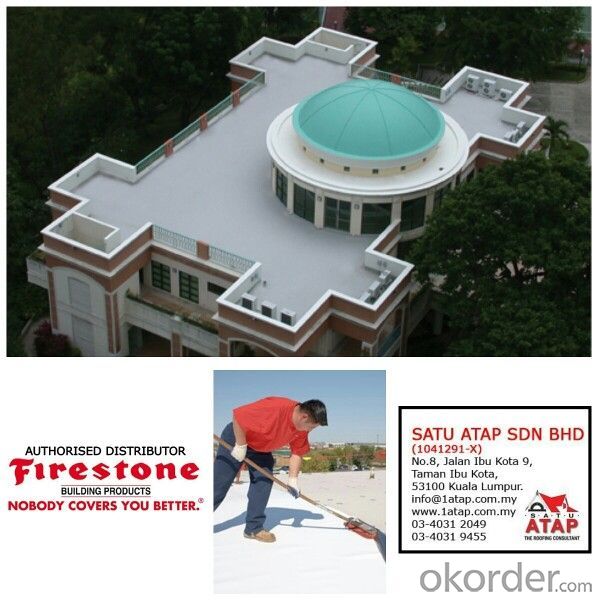

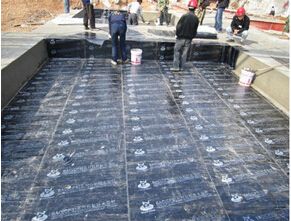
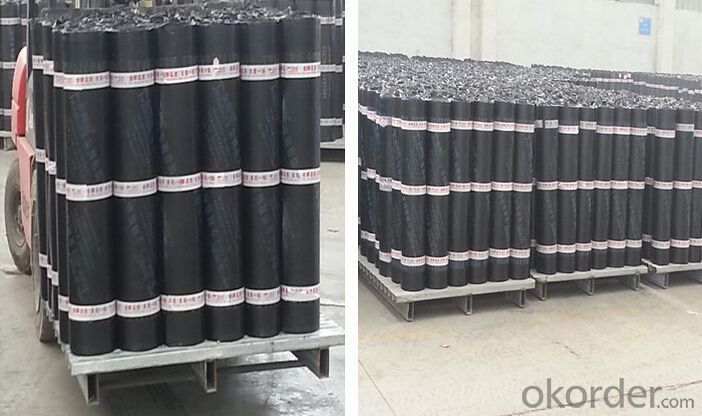

FAQ
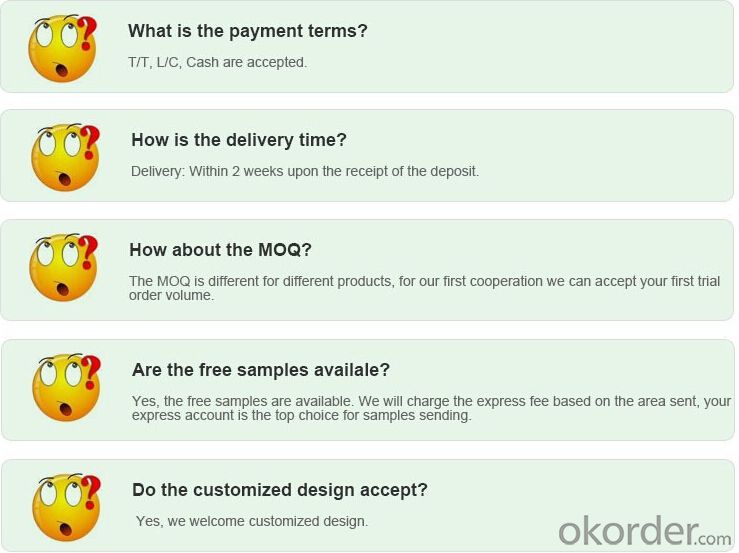
- Q: How does a waterproofing membrane handle water migration through the substrate?
- Water migration through the substrate is prevented by a waterproofing membrane, which acts as a barrier to inhibit water infiltration and structural damage. Typically applied on the exterior side of the substrate, the membrane establishes a watertight seal. To address water migration, the membrane is composed of flexible and durable materials like modified bitumen, PVC, or EPDM. These materials possess exceptional waterproofing properties and can endure exposure to water, UV rays, and other environmental factors. The membrane is installed to ensure proper adhesion to the substrate, creating a seamless and uninterrupted barrier. Multiple layers are often added to enhance its effectiveness, and the seams and joints are thoroughly sealed to prevent potential water leaks. Moreover, aside from its primary function of waterproofing, the membrane aids in managing surface water accumulation. It incorporates a slope or drainage system that redirects water away from critical areas and towards suitable outlets or drains. In summary, a waterproofing membrane is specifically engineered to manage water migration through the substrate by establishing a reliable and long-lasting moisture barrier. It plays a crucial role in safeguarding structures against water damage, ensuring their durability and longevity.
- Q: Are waterproofing membranes resistant to ammonia?
- Yes, waterproofing membranes are generally resistant to ammonia.
- Q: Can a waterproofing membrane be used in areas with high humidity?
- Yes, a waterproofing membrane can be used in areas with high humidity. In fact, high humidity can often contribute to the need for waterproofing as it can lead to moisture buildup and potential water damage. Waterproofing membranes are designed to create a barrier that prevents water from seeping through surfaces, such as walls or floors. They can effectively protect against moisture and water infiltration, which is particularly important in high humidity areas where the risk of water damage is greater. By applying a waterproofing membrane, you can significantly reduce the likelihood of mold, mildew, and other moisture-related issues in these environments.
- Q: Can a waterproofing membrane be used for industrial facilities and factories?
- Yes, a waterproofing membrane can be used for industrial facilities and factories. Industrial facilities and factories often have areas that are exposed to moisture, such as basements, rooftops, and storage areas. These areas are prone to water leakage and damage, which can result in costly repairs and downtime. A waterproofing membrane is a highly effective solution for protecting these areas from water infiltration. It is a flexible and durable barrier that is applied to surfaces to prevent water from penetrating through. Waterproofing membranes are designed to withstand various environmental conditions, including temperature changes, UV exposure, and chemical exposure, making them suitable for industrial settings. By installing a waterproofing membrane, industrial facilities and factories can prevent water damage, mold growth, and structural deterioration caused by moisture. This helps to maintain a safe and functional environment for workers and equipment, while also ensuring the longevity of the facility. Additionally, a waterproofing membrane can help to improve energy efficiency by reducing heat loss through insulation and preventing water-related damage to HVAC systems. Overall, using a waterproofing membrane in industrial facilities and factories is a practical and cost-effective solution for ensuring the protection and longevity of the facility.
- Q: Can a waterproofing membrane be used in areas with high humidity and moisture?
- Indeed, the utilization of a waterproofing membrane is viable in areas characterized by high levels of humidity and moisture. The primary purpose of this membrane is to avert water infiltration and safeguard the underlying structure against any detrimental effects caused by moisture. Areas such as basements, bathrooms, and kitchens, where moisture and humidity are more prevalent, frequently employ waterproofing membranes. These membranes establish a barrier that obstructs water from permeating through walls, floors, or roofs, and they are typically composed of materials like rubber, asphalt, or PVC. By incorporating a waterproofing membrane, one can proficiently regulate moisture levels and shield their property from potential water damage, mold growth, and other associated complications.
- Q: Are waterproofing membranes resistant to sulfuric acid exposure?
- Waterproofing membranes typically do not possess resistance against sulfuric acid exposure. Sulfuric acid, being an immensely corrosive substance, has the potential to inflict substantial harm to various materials, including waterproofing membranes. The membrane's deterioration can occur as a result of sulfuric acid's highly acidic properties, ultimately causing its failure. Hence, if there exists a chance of sulfuric acid exposure, it becomes crucial to employ materials that are explicitly engineered to endure such corrosive substances.
- Q: Can waterproofing membranes be used on concrete dams?
- Concrete dams can indeed benefit from the application of waterproofing membranes. In fact, they are widely utilized in the construction and upkeep of such dams to prevent water from leaking or seeping through. The purpose of these membranes is to establish a water-resistant barrier, safeguarding the concrete surface of the dam against potential water-induced harm. Notably, these membranes can be administered to both the interior and exterior facets of the dam, presenting a reliable and enduring solution for waterproofing. Moreover, they can effectively lessen the likelihood of water-related deterioration, including freeze-thaw damage and reinforcement corrosion, thus prolonging the lifespan of the concrete dam.
- Q: Can a waterproofing membrane be used in areas with high levels of moisture and humidity?
- Yes, a waterproofing membrane can be used in areas with high levels of moisture and humidity. Waterproofing membranes are specifically designed to prevent water penetration and can effectively protect surfaces from water damage even in damp and humid environments.
- Q: Can a waterproofing membrane be used for green roofs?
- Indeed, a fundamental element of green roofs is the utilization of a waterproofing membrane. This membrane serves as a vital part of the green roof system, alongside a layer of vegetation and growing medium. Its primary purpose is to prevent any water infiltration into the building. Acting as a protective barrier, the waterproofing membrane shields the underlying structure from potential water damage. Its design is specifically engineered to endure continuous exposure to moisture and ensure no water permeates through to the building. Moreover, the membrane aids in retaining water within the green roof system, facilitating appropriate drainage and irrigation. As a result, the inclusion of a top-quality waterproofing membrane is indispensable for the successful installation and operation of a green roof.
- Q: Are waterproofing membranes UV resistant?
- Yes, waterproofing membranes are typically UV resistant. They are designed to withstand exposure to sunlight without degrading or losing their effectiveness. This UV resistance helps to prolong the lifespan of the membrane and maintain its waterproofing properties over time.
Send your message to us
Sbs Elastomeric Bitumen Membrane Waterproof Membrane For Bathroom Floors For Bathroom Floors
- Loading Port:
- Shanghai
- Payment Terms:
- TT OR LC
- Min Order Qty:
- 1000 m²
- Supply Capability:
- 200000 m²/month
OKorder Service Pledge
OKorder Financial Service
Similar products
Hot products
Hot Searches
Related keywords
